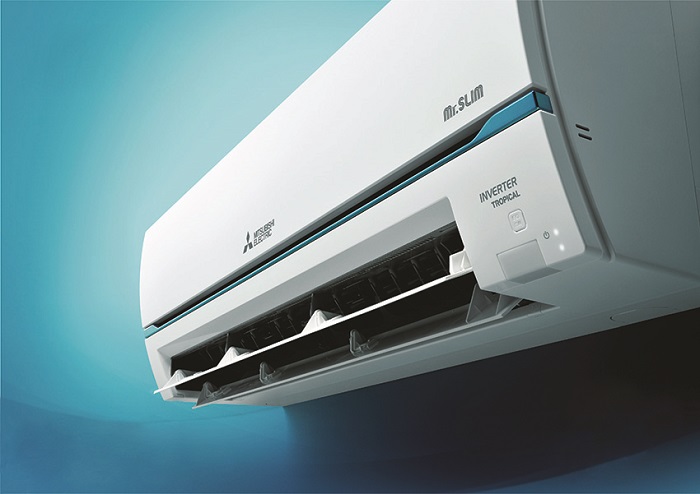Mitsubishi air conditioners are known for their quality, reliability and innovative technologies. They are ideal for various climate conditions and can be used in both residential and commercial premises. Order a mitsubishi air conditioner and evaluate its advantages in practice. Let’s consider the features of such equipment in more detail.
Choosing a Mitsubishi air conditioner
It is important to take a responsible approach to choosing such equipment. Among the main points:
- Air conditioner type. Split systems are ideal for residential premises, consist of an indoor and outdoor unit. Multi-split systems allow you to connect several indoor units to one outdoor unit. Cassette and duct systems are suitable for spacious rooms and offices, provide uniform air distribution.
- Power. Determine the required air conditioner power depending on the area of the room. For calculation, use the rule: about 1 kW of power is required for 10 square meters. Take into account the height of the ceilings, the number of windows and the level of natural light.
- Energy efficiency. Pay attention to the energy efficiency class (EER and COP). Choose models with a high class to reduce energy costs.
- Additional functions. The presence of HEPA filters will significantly improve air quality. Inverter technology allows you to maintain a stable temperature and save electricity. It is also possible to control the air conditioner through a mobile application.
Buy Mitsubishi AC, as this is an opportunity to create a comfortable microclimate in the premises in any weather. The equipment will effectively cool and heat the air.
Installing a Mitsubishi air conditioner
Installation of equipment consists of several stages. Among their features:
- Preparation. Before installation, select a place for the outdoor and indoor units. Make sure that they are at a sufficient distance from each other for efficient operation.
- Installing the outdoor unit. Find a stable surface for its installation. Provide good ventilation and access for maintenance. Install the unit at a height to prevent water from entering.
- Installing the indoor unit. Choose a place where it will provide an even distribution of air. Make sure the unit is not covered by furniture or curtains.
- Connection. Connect the indoor and outdoor units using copper pipes and electrical cables. Pay attention to the tightness of the connections.
- Operation check. After installation, check the operation of the air conditioner, make sure there are no leaks and that all modes are working correctly.
Now home air conditioning installation will meet your expectations. Pay attention to such equipment, because it will effectively cope with its tasks!





